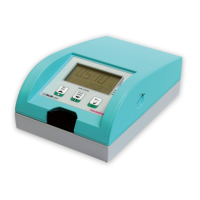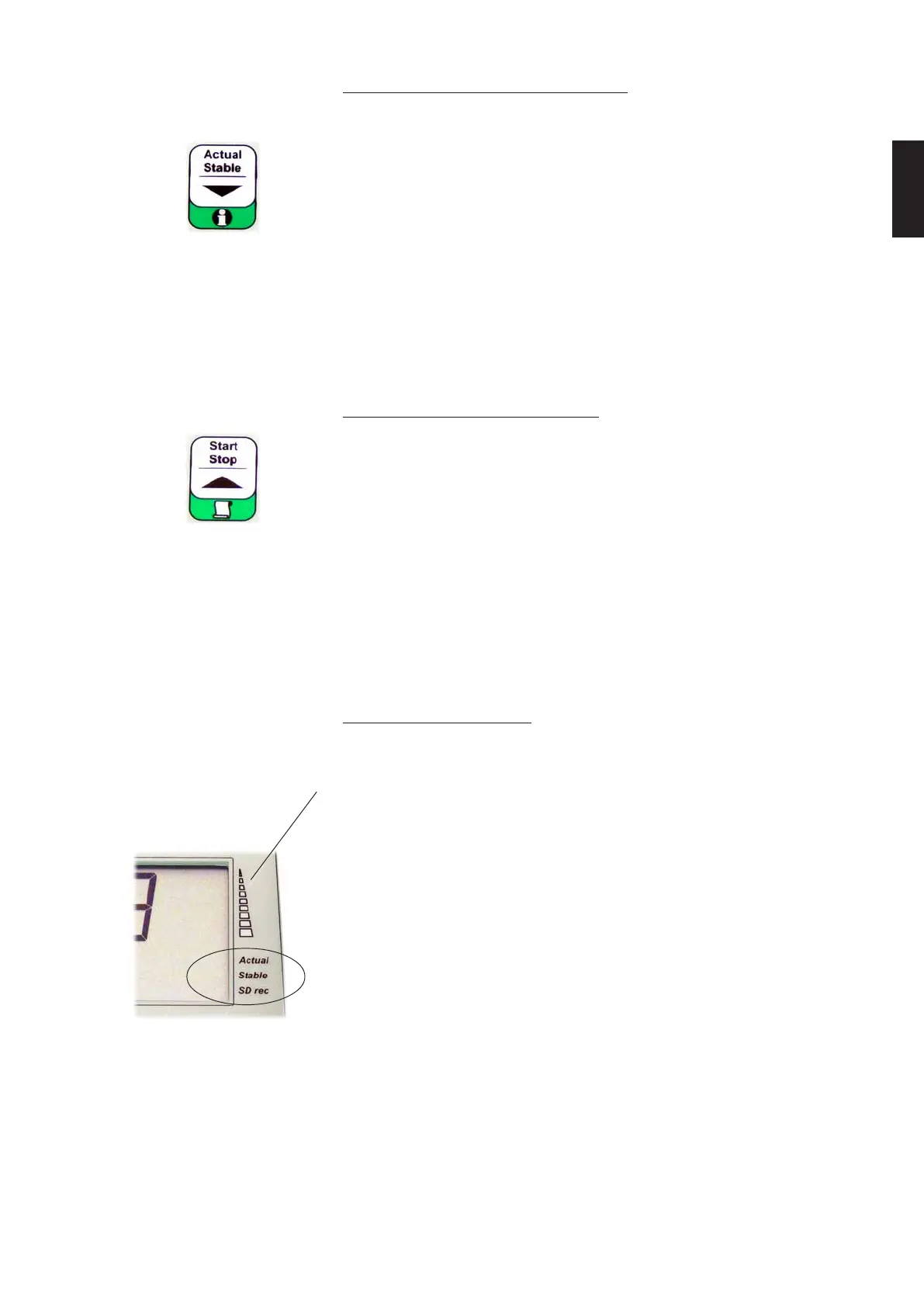

Do you have a question about the Novasina LabSwift-aw and is the answer not in the manual?
| Brand | Novasina |
|---|---|
| Model | LabSwift-aw |
| Category | Measuring Instruments |
| Language | English |
Guidance on initial setup and getting started with the LabSwift-aw instrument.
Key safety instructions, intended use, and essential precautions for operating the LabSwift-aw.
Explanation of the LabSwift-aw system's purpose, components, and measurement principle.
Detailed breakdown of the LabSwift-aw's modular design and internal components.
Details on operating and using the device's function keys for various modes.
Explanation of the stability grade symbols and their meaning on the device display.
List of items included with the LabSwift-aw instrument upon purchase.
Description of additional accessories available for purchase to enhance the instrument's functionality.
Instructions for unpacking the instrument and setting up its physical installation.
Steps for connecting the power supply and initially switching on the LabSwift-aw device.
A brief overview of the initial startup sequence and warm-up phase of the instrument.
Detailed steps for preparing the sample, loading the chamber, and initiating an aw measurement.
How to toggle between actual and stable measurement values on the display.
Configuration options for optimizing measurement speed and stability criteria.
Procedure for safely shutting down the LabSwift-aw instrument, preserving data.
Details on starting the system, initiating measurements, and managing data logging.
Guide to navigating and adjusting device settings via the configuration menu, including SD card eject.
Detailed explanation of stability factor modes (S, A, F, 0) and observation time settings.
Procedures for checking, adjusting, and clearing calibration points, including password protection.
Configuration of display contrast, units, and SD card logging intervals.
Instructions for restoring the instrument to its default factory configuration.
Step-by-step guide to performing water activity measurements, including sample preparation.
How to enable and utilize the stability function for accurate measurement results.
Crucial information for the correct handling, maintenance, and care of the sensitive aw sensor.
Explanation of how the stability observation function works to ensure reliable measurements.
Guidance on selecting appropriate stability settings for different types of samples.
Information on the instrument's initial factory calibration and delivery status.
Detailed steps and considerations for performing calibration procedures on the instrument.
Procedure for removing previously saved calibration points from the sensor.
Instructions for setting or deactivating the password protection for sensor calibration data.
Guidelines for safely inserting, removing, and managing the SD card in the instrument.
Information on compatible SD card types and recommended formatting procedures.
Explanation of file naming conventions for measurement data and protocols stored on the SD card.
How to operate the instrument using the internal battery and indicators for battery status.
Instructions for charging the internal Lithium-Ion battery and understanding the charging indicators.
Information on battery lifespan and optimal charging conditions.
Procedures for cleaning the exterior and interior parts of the LabSwift-aw instrument.
Specific instructions for cleaning the sensitive aw-measurement cell, emphasizing caution.
Guidance on cleaning the infrared sensor to maintain measurement accuracy.
Recommendations for periodic system verification and recalibration using humidity standards.
General rules and examples for using protective filters against specific substances.
Guidance on periodic replacement of filters to maintain accuracy and protection.
Detailed steps for safely removing and replacing the CM-2 sensor unit.
Comprehensive technical specifications including supply, dimensions, operating ranges, and accuracy.
Table of equilibrium humidity values for various SAL-T humidity standards at different temperatures.
Common issues and their potential causes, with basic troubleshooting steps.
List of error messages and the recommended actions to resolve them.
Overview of menu options for managing the SD card and data logging settings.
Configuration of measurement parameters, stability, and calibration settings via menus.
Adjusting display contrast, units, and other visual settings.